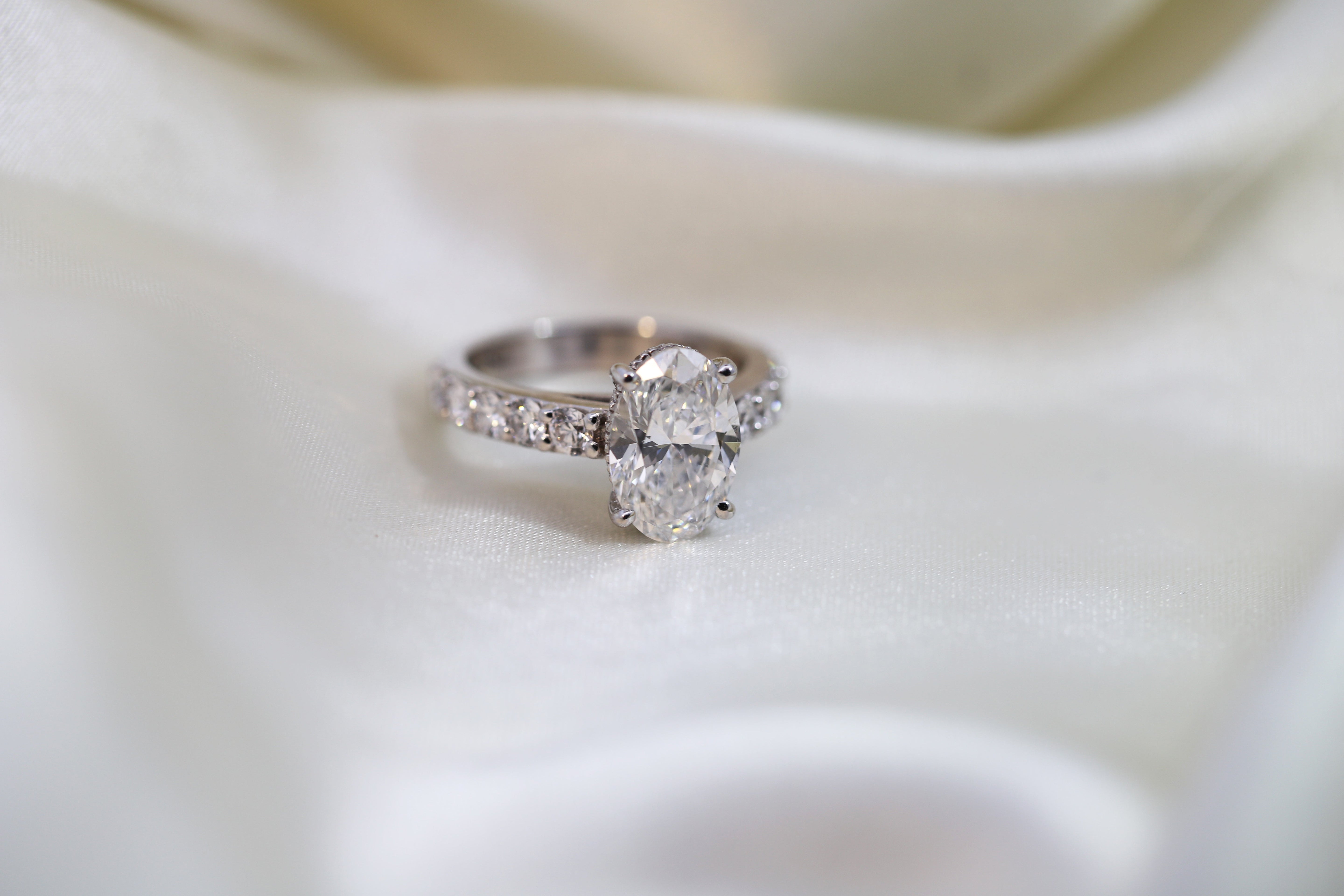Debunking Myths about Lab Grown Diamonds

Lab-grown diamonds have become a popular choice for engagement rings over the last few years. They are often considered a more sustainable, ethical, and environmentally friendly alternative to earth-grown diamonds as they are created in a laboratory setting using advanced technology. However, despite their recent rise in popularity, there are still many myths and misconceptions surrounding lab-grown diamonds.
- Myth #1: Lab-grown diamonds are not real diamonds.
One of the most common myths about lab-grown diamonds is that they are not real diamonds. When in fact they have the same chemical composition, crystal structure, and optical properties, making lab-grown diamonds chemically and physically identical to natural diamonds. The only difference is that lab-grown diamonds are created in a laboratory setting, whereas natural diamonds are earth-grown from the earth.
- Myth #2: Lab-grown diamonds are low-quality.
Just like earth-grown diamonds, lab-grown diamonds can be of very high quality. The quality of a diamond is determined by the 4 Cs – colour, clarity, cut and carat weight, lab-grown diamonds can therefore be graded using the same criteria as natural diamonds as well as receive the same grading for each of the 4 Cs. Nowadays, most lab-grown diamonds are also laser-inscribed with a unique serial number, which helps to verify their authenticity and quality.
- Myth #3: Lab-grown diamonds are cheap.
Whilst it is true that most lab-grown diamonds can be less expensive than natural diamonds, they are not necessarily cheap. The price of a diamond— natural or lab-created is deterearth-grown by its 4 Cs and ultimately, its overall quality. Furthermore, even though lab-grown diamonds are more affordable compared to natural diamonds of similar quality, they are still a significant investment.

- Myth #4: Lab-grown diamonds are not ethical.
One of the main reasons people choose lab-grown diamonds over natural diamonds apart from it being a more affordable option is that it is more ethical and sustainable than earth-grown diamonds. However, some still question the ethics behind lab-grown diamonds. Even though lab-grown diamonds do not contribute to the many social and environmental issues associated with diamond mining, it is still very important to ensure that the lab-grown diamonds you buy are produced ethically. Look for and purchase lab-grown diamonds that are certified by reputable organizations such as IGI (International Gemological Institute) or GIA (Gemological Institute of America).
- Myth #5: Lab-grown diamonds are not as valuable as natural diamonds.
While it is true that lab-grown diamonds may be less expensive than natural diamonds and therefore might not have the same resale value as natural diamonds, they are still a significant investment and can still be a valuable investment. The value of a diamond is determined by many factors such as its rarity, quality, and demand, as lab-grown diamonds become more popular and widely available, their value may increase over time.
Lab grown diamonds are a viable and ethical option for engagement and wedding rings. They are chemically and physically identical to natural earth-grown diamonds and can be of very high quality. While they may be less expensive than earth-grown diamonds, they are still a significant investment, and it is important to ensure they are produced ethically. After dispelling common myths about lab-grown diamonds, we can better understand both the benefits and limitations of this innovative and sustainable alternative to traditional earth-grown diamonds.



